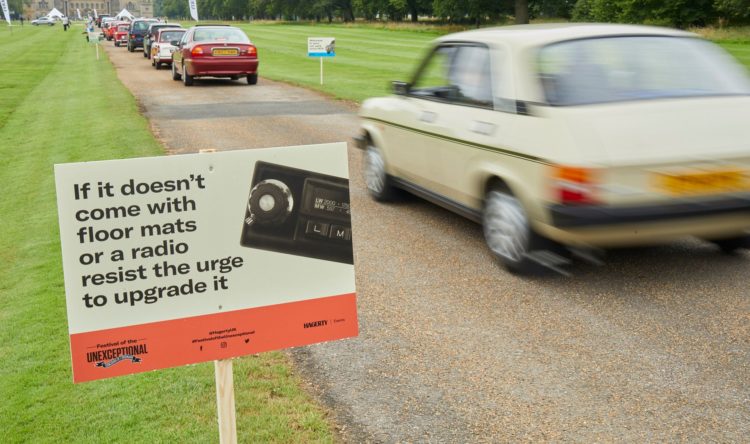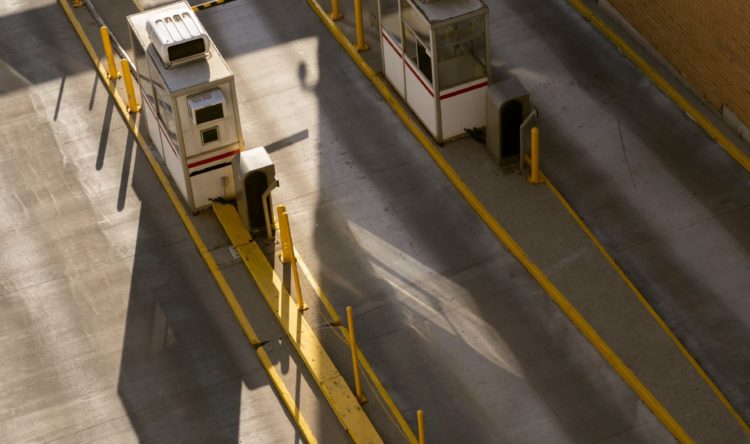Traffic holed up
A new report into the state of the nation's roads paints a poor picture of underfunding and inaction
UK motorists spent a total of £1.25 billion repairing pothole damage to their vehicles over the last year.
The figure comes from the latest research published by Kwik Fit.
More than 10.8 million drivers damaging their vehicle due to poor road conditions over the last 12 months. The cost over the last three years totals an astonishing £3.4 billion.
Hole lot of work
On average, the bill for each of those motorists affected over the last year was £115. This covers repairs to components such as tyres, suspension and wheels.
Kwik Fit believes the total cost will rise further. It seems that 13% of drivers who suffered damage (some 1.4 million motorists) say they have not yet had the damage repaired. With the coronavirus causing financial uncertainty for many, it is likely that those repairs will be put off for a lot longer yet.
More than a quarter (26%) of motorists say they hit more than 30 potholes over the course of a month – an average of one a day. A third (32%) of the drivers who have hit a pothole in the last year say it caused damage. The most common items needing repair being tyres (5.8 million drivers), wheels (4.2 million), suspension and steering (3.8 million and 1.7 million respectively).
Hole lot of cash
Almost the entire cost of those repairs has had to be borne by motorists or their insurers. A mere £8.1 million (0.7% of the total) has been refunded to drivers in compensation from local authorities (England and Wales figures)4. While responding to coronavirus is going to be a huge drain on public resources, it is interesting that many drivers say they would be prepared to pay higher council taxes for better roads.
Kwik Fit found that a majority (55%) of drivers who have suffered damage would be prepared to pay more council tax. Perhaps surprisingly, the average driver is willing to stump up 12.5% more. Those who haven’t suffered pothole damage in the last year would be less willing. Only a third (34%) are happy to pay more council tax to fund road repairs, with the average acceptable increase just 4.8% on top of their current bill.
Of all drivers, Londoners would be willing to pay the highest increase in council tax. This is likely to be a result of the capital’s drivers being hit with the largest bill for repairs. Last year, London motorists had to cover a cost of £307,231,000 for pothole damage, a rise of 50% on the previous year. Other regions which have seen notable rises are the South East and South West. The total cost to drivers in the North West, Eastern, East Midlands regions and Wales has remained relatively static year on year.
The Kwik Fit study has some comparatively good news for drivers in Scotland, the West Midlands, Yorkshire and Humber and the North East. Here, the total cost has decreased from last year, though drivers still face a collective bill of £360 million.
Source: Research for Kwik Fit 2019, 2020 1,2
Hole lot worse
56% of people travelling on UK roads believe they are in worse condition now compared to a year ago. This is up from 51% of people who were asked the same question last year. The majority of road users in the country don’t feel that there will be significant improvement any time soon.
When asked about the Government’s recently announced £2.5bn five year pothole fund, 56% said that this would have a slight or no impact. The experience of drivers reflect the latest ALARM report from the Asphalt Industry Alliance. This highlights the need for a one-off spend in excess of £11 billion is needed to bring the network back up to scratch.4
“Unfortunately, every year we are seeing a worsening story when it comes to the condition of our roads,” states Roger Griggs, communications director at Kwik Fit. “It is the individual motorist who is hit increasingly hard.”
The immediate impact of coronavirus have increased demands on public spending. This is especially true for local authorities who have suffered a decade of substantial funding cuts in the ‘austerity’ era. Most commentators acknowledge the fact that roads have been underfunded year after year for decades. “Once we are out of this crisis, as a country we need to plan investment for the long term and not merely look to patch things over the cheapest possible way.”
Hole lot more
The report says that inconsistent roads funding is leading to highways authorities conducting quick fixes to potholes rather than employing longer-term solutions.
The 26th Asphalt Industry Alliance (AIA) survey reports a 15% increase in highway maintenance budgets. These are in part, due to additional funding from central Government, including the Pothole Fund in England.
However, budgets reported are still lower than they were two years ago, and road conditions have yet to see any significant improvement.
This up-down approach to funding, says the AIA, results in wasteful patch and mend repairs. Local authorities have a statutory duty to maintain the highway but “don’t have the scope or certainty of funding” to implement more cost effective, proactive repairs.
This is borne out by the large increase in the number of potholes filled over the past 12 months. In England and Wales, it is the equivalent of one being filled every 19 seconds.
Local authorities also report that, despite the increase in budgets, target road conditions still remain out of reach.
Hole lot of hope
Rick Green, chair of the AIA, said: “The last year has been like no other and the ‘hidden heroes’ responsible for maintaining our local roads should be proud of the role they played working throughout the pandemic to keep our key workers and emergency services moving, supermarket shelves stocked and vaccines distributed.
“While the extra funding in 2020/21 was welcomed, using it to repeatedly fill in potholes is essentially a failure as it does nothing to improve the resilience of the network.”
The average frequency of road surfacing is now once every 68 years. The bill to fix the backlog of maintenance work on our local roads in England and Wales remains in excess of £10bn.
“It is clear that a longer term approach to local road funding is needed,” says Green. Hev believes an approach “similar to the five-year commitment made to the strategic road network” is needed. This would allow local authority highway engineers to plan ahead. They could “implement a more proactive, sustainable and cost effective whole life approach to maintaining the network,” he said.
“This commitment is vital to the nation’s post-pandemic reset. We will rely on our local road network to support recovery and underpin active travel and levelling-up goals.”
Sources:
1 – Research carried out by Walnut (formerly ICM) among a nationally representative sample of 2011 GB adults, 13 – 16 March 2020
2 – Research carried out by Walnut (formerly ICM) among a nationally representative sample of 2049 GB adults, 01 – 04 March 2019
3 – Research carried out by ICM Research among a nationally representative sample of 2,051 GB adults, 4-6 March 2018
4 – Annual Local Authority Road Maintenance (ALARM) survey 2020






